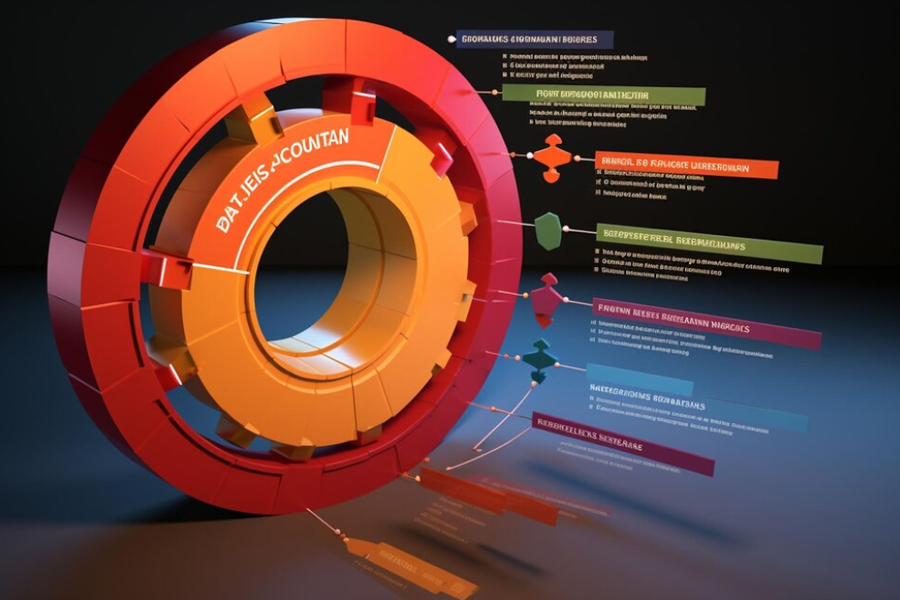
Success in software dev isn't just coding; it's about a systematic approach from conception to deployment. Explore SDLC stages for success.
The first step in the SDLC involves gathering and analyzing requirements from stakeholders to understand the needs and objectives of the project. This phase involves identifying project scope, defining goals, and determining functional and non-functional requirements. Clear and comprehensive requirement analysis lays the foundation for the entire development process, ensuring that the final product meets stakeholders' expectations and addresses user needs effectively.
Once requirements are gathered, the next phase is to create a detailed project plan that outlines the project scope, timeline, resources, and budget. Planning involves defining project milestones, allocating tasks to team members, and establishing communication channels. A well-defined project plan ensures that development efforts are organized, structured, and aligned with project objectives, laying the groundwork for successful execution.
In the design phase, the conceptualization of the software begins to take shape as architects and designers translate requirements into technical specifications and system architecture. This phase involves designing the user interface, database structure, and system components. The goal of the design phase is to create a blueprint that guides development efforts and ensures that the final product meets performance, scalability, and usability requirements.
The development phase is where the actual coding and programming of the software occur. Developers work collaboratively to write code, integrate components, and build functionalities according to the design specifications. This phase involves rigorous testing and debugging to identify and resolve any issues or bugs. Continuous communication and collaboration among team members are crucial to ensure that development efforts remain on track and aligned with project goals.
Testing is a critical phase of the SDLC where the software undergoes comprehensive testing to validate its functionality, performance, and reliability. This phase involves various testing techniques, including unit testing, integration testing, system testing, and acceptance testing. The goal of testing is to identify and fix defects, ensure that the software meets quality standards, and deliver a stable and reliable product to end-users.
Once testing is complete and the software is deemed ready for release, it is deployed to production environments for end-users to access and use. Deployment involves configuring servers, migrating data, and setting up monitoring and maintenance processes. It is essential to ensure a smooth and seamless deployment process to minimize downtime and disruptions to users.
The final phase of the SDLC involves ongoing maintenance and support to ensure the continued functionality, performance, and security of the software. This phase may include bug fixes, updates, enhancements, and optimizations based on user feedback and changing requirements. Maintenance activities aim to keep the software relevant, reliable, and aligned with evolving business needs.
The Software Development Life Cycle (SDLC) serves as a roadmap that guides software development efforts from inception to deployment and beyond. By following a systematic approach and leveraging best practices at each stage of the SDLC, organizations can ensure the successful delivery of high-quality software solutions that meet user needs, drive business value, and achieve strategic objectives. Embracing the SDLC empowers software development teams to navigate the complexities of the development process with confidence and clarity, setting the stage for success in the dynamic world of technology.
Software drives innovation and efficiency in today's tech landscape, reshaping industries and societies globally.
PHP frameworks are essential for building efficient web applications, offering standardized practices and features. Explore their impact....
In the digital world, small businesses partner with software companies to innovate and thrive amidst challenges, reshaping....